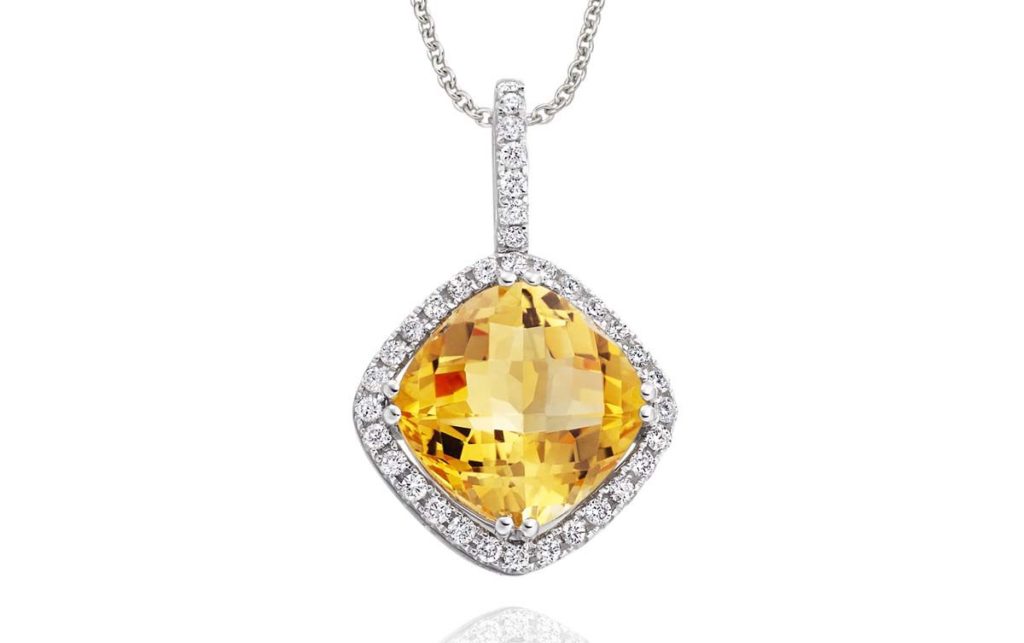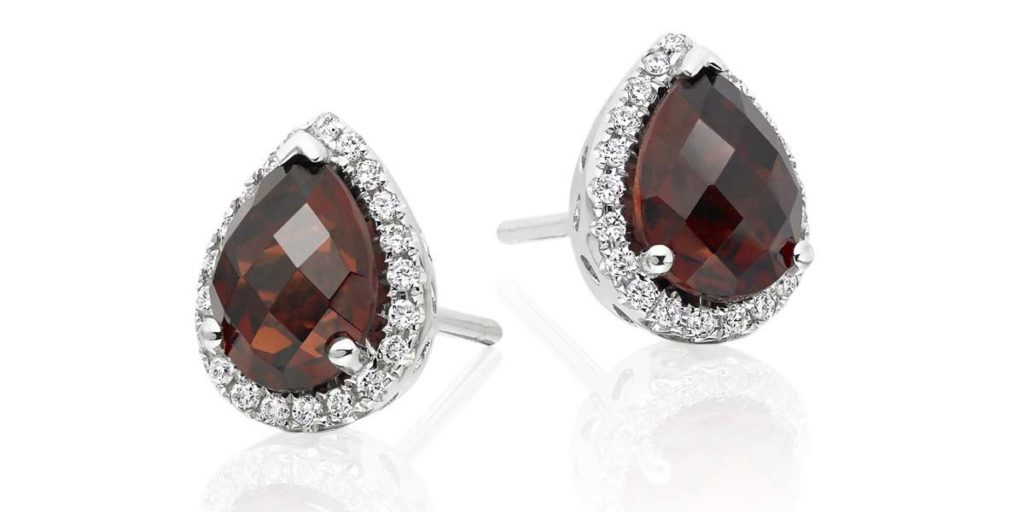Are there any true alternatives to the Big Three?
We all know the Big Three of the Jewellery world. They are no other than Ruby, Sapphire and Emerald! These gemstones have been prevalent since antiquity and have made history because their beauty has been appreciated throughout the ages and even until now! In recent years, Jewellery designs were pretty limited as jewellery makers almost always preferred Rubies, Sapphires and Emeralds but not so much other equally stunning gemstones for their jewellery making!
This fact has unfortunately not allowed for much creativity and the jewellery world was pretty much stale until the late 20th century! At the beginning of the 1970s and 80s jewellers started to experiment with other brilliant and stunning gemstones and many of them were introduced in the fine jewellery scene. There are many gemstones that could prove to be ideal alternatives to Ruby, Sapphire and Emerald. Some of the numerous alternative gemstone contenders are the ones we are going to examine below.
In this blog post, we present 5 alternatives to traditional gemstones which are going to be listed below due to their popularity, colour, properties and beauty.
1)Tourmaline
Tourmaline is a crystalline boron silicate mineral made from elements such as aluminium, iron, magnesium, sodium, lithium, or potassium. Tourmaline is considered to be a semi-precious stone. This gemstone can be found in many different colours. The most widely popular of which is a combination of fuchsia and green called the Watermelon Tourmaline. This stone has become popular in recent years due to its colours and sparkle and is now a big part of the gemstone industry! Tourmaline is also the Gemstone of the month of October.
2)Citrine
Citrine is a variety of quartz whose colour ranges from pale yellow to brown due to ferric impurities. Citrine in nature is rare. It is next to impossible to differentiate between cut citrine and yellow topaz visually, but they differ in hardness. Citrine is a great stone associated with prosperity due to its golden colour. It is referred to as the merchant stone and is said to provide the wearer with enhanced concentration and a revitalised mind. It is also said to ease, depression and fears.
3)Garnet
Garnet gemstones are found in many colours including red, orange, yellow, green, blue, purple, pink, brown, black and colourless, with reddish shades most common.
Garnet is the birthstone of the month of January and it is said to promote exuberance and provide the wearer with passion and zest for life! It was also thought to be a curative stone for the circulatory system.
4)Alexandrite
This stone is Blueish green in daylight and purple-red under incandescent light. A very peculiar stone indeed! Alexandrite is a magical stone that also happens to be the birthstone of June. Alexandrite is a variety of the gemstone category of chrysoberyls!
5)Moonstone
Moonstone has been used in jewellery for millennia, including ancient civilizations. The Romans admired moonstone, as they believed it was derived from solidified rays of the Moon. Both the Romans and Greeks associated moonstone with their lunar deities. In more recent history, moonstones became popular during the Art Nouveau period; French goldsmith René Lalique and many others created a large quantity of jewellery using this stone.
Which Gemstone Should I pick for my Jewellery
Unfortunately, there is no straightforward answer to this question. Go with your gut feeling. Buy the gemstone that expresses you the most. Do what you have to do to be happy and look stunning! The only key factors according to which you should choose are personal taste, and how well it fits in your wardrobe! The amount of potential combinations is huge! Choose wisely!




Sign In
Create New Account